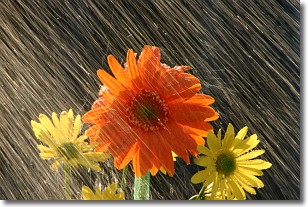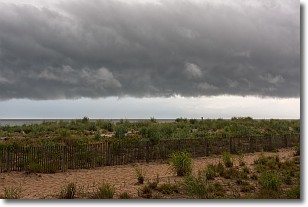Weather Alert in California
Red Flag Warning issued June 30 at 1:28PM PDT until July 1 at 8:00PM PDT by NWS Sacramento CA
AREAS AFFECTED: Eastern Portion of Shasta/Trinity NF; Burney Basin and Northeast Plateau in Shasta County Including Northwest Lassen NF north of Lassen NP; Southeast Edge Shasta/Trinity NF and Western Portions of Tehama/Glenn RU; Northern Sierra Foothills from 1000 to 3000 Ft. Includes Nevada-Yuba-Placer RU and Anador-Eldorado RU; Northern Sierra Including Lassen NP and Plumas and Lassen NF/S West of the Sierra Crest - West of Evans Peak/Grizzly Peak/Beckworth Peak; Eastern Mendocino NF
DESCRIPTION: * Affected Area...Fire Zone 213 Eastern Portion of Shasta/Trinity NF, Fire Zone 214 Burney Basin and Northeast Plateau in Shasta County Including Northwest Lassen NF north of Lassen NP, Fire Zone 263 Southeast Edge Shasta-Trinity NF and Western Portions of Tehama-Glenn Unit, Fire Zone 266 Northern Sierra Foothills from 1000 to 3000 Ft. Includes portions of Shasta-Trinity and Butte Units, Fire Zone 268 Northern Sierra Including Lassen NP and Plumas and Lassen NF/S West of the Sierra Crest (West of Evans Peak-Grizzly Peak- Beckworth Peak) and Fire Zone 279 Eastern Mendocino NF. * Thunderstorms...Isolated to scattered coverage of a mix of wet and dry thunderstorms expected. Lightning strikes may also occur outside of main precipitation cores. Highest chances for thunderstorms in the afternoon and evening hours. * Outflow Winds...Gusty and erratic outflow winds could occur near any thunderstorm development. * Impacts...Lightning can create new fire starts and may combine with gusty outflow winds to cause a fire to rapidly grow in size and intensity. *
INSTRUCTION: A Red Flag Warning means that critical fire weather conditions are either occurring now, or will shortly. A combination of lightning from dry thunderstorms on dry fuels can contribute to new fire starts.
Want more detail? Get the Complete 7 Day and Night Detailed Forecast!
Current U.S. National Radar--Current
The Current National Weather Radar is shown below with a UTC Time (subtract 5 hours from UTC to get Eastern Time).

National Weather Forecast--Current
The Current National Weather Forecast and National Weather Map are shown below.

National Weather Forecast for Tomorrow
Tomorrow National Weather Forecast and Tomorrow National Weather Map are show below.

North America Water Vapor (Moisture)
This map shows recent moisture content over North America. Bright and colored areas show high moisture (ie, clouds); brown indicates very little moisture present; black indicates no moisture.

Weather Topic: What is Precipitation?
Home - Education - Precipitation - Precipitation
 Next Topic: Rain
Next Topic: Rain
Precipitation can refer to many different forms of water that
may fall from clouds. Precipitation occurs after a cloud has become saturated to
the point where its water particles are more dense than the air below the cloud.
In most cases, precipitation will reach the ground, but it is not uncommon for
precipitation to evaporate before it reaches the earth's surface.
When precipitation evaporates before it contacts the ground it is called Virga.
Graupel, hail, sleet, rain, drizzle, and snow are forms of precipitation, but fog
and mist are not considered precipitation because the water vapor which
constitutes them isn't dense enough to fall to the ground.
Next Topic: Rain
Weather Topic: What are Shelf Clouds?
Home - Education - Cloud Types - Shelf Clouds
 Next Topic: Sleet
Next Topic: Sleet
A shelf cloud is similar to a wall cloud, but forms at the front
of a storm cloud, instead of at the rear, where wall clouds form.
A shelf cloud is caused by a series of events set into motion by the advancing
storm; first, cool air settles along the ground where precipitation has just fallen.
As the cool air is brought in, the warmer air is displaced, and rises above it,
because it is less dense. When the warmer air reaches the bottom of the storm cloud,
it begins to cool again, and the resulting condensation is a visible shelf cloud.
Next Topic: Sleet
Current conditions powered by WeatherAPI.com




